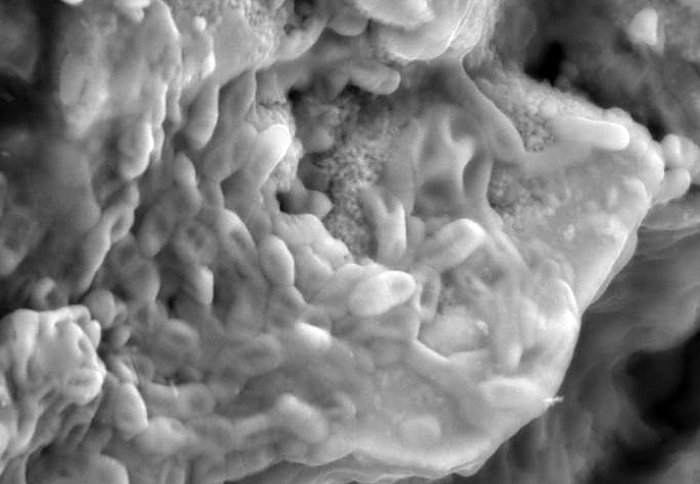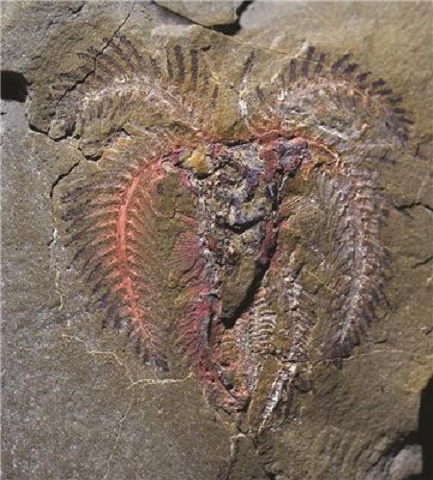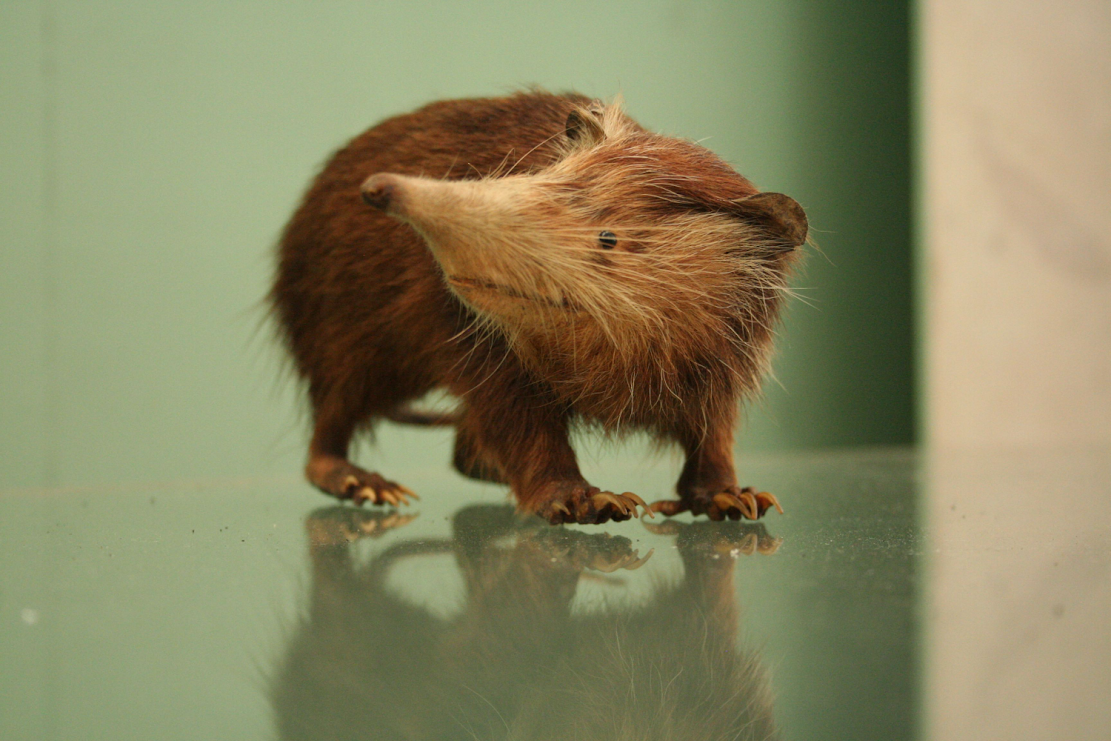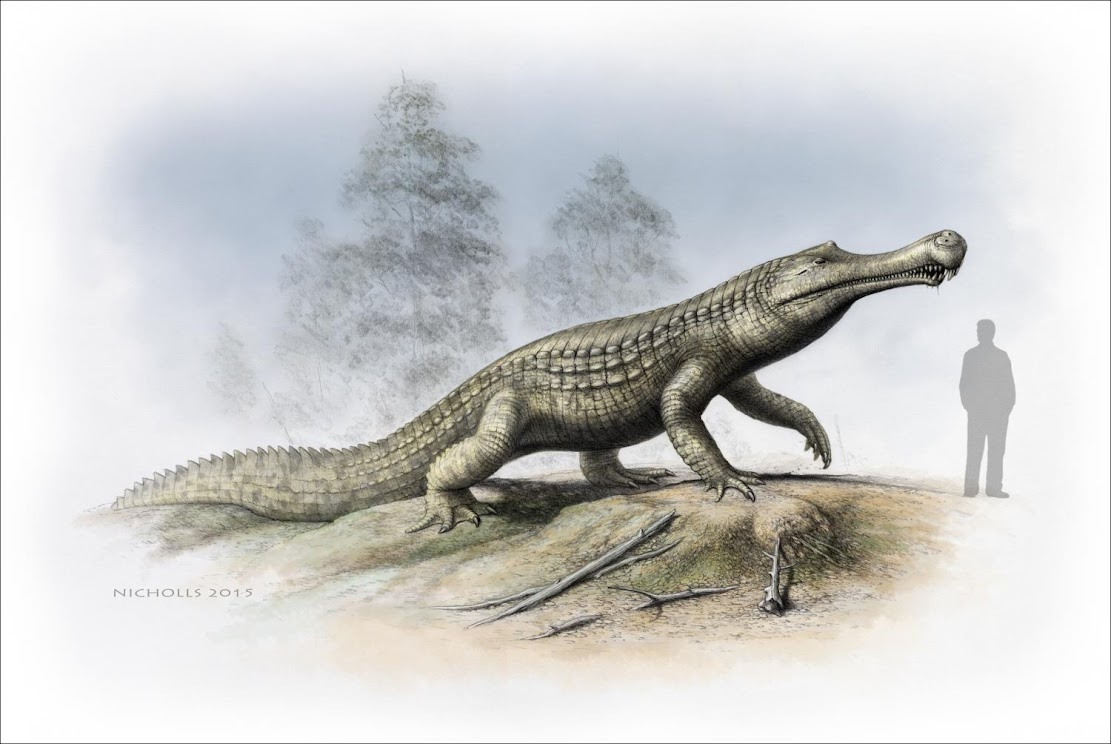The Great London [Search results for Fossils]
Fossils: Dinosaur fossil investigation unlocks possible soft tissue treasure trove

Fossils: Oldest pine fossils reveal fiery past

Human Evolution: DNA from Neanderthal relative may shake up human family tree

Great Legacy: Fossils and minerals take the antiques market by storm

East Asia: How China is rewriting the book on human origins

Morocco: Spectacular Moroccan fossils redefine evolutionary timelines

Palaeontology: Newly discovered pliosaur terrorised ancient Russian seas

Fossils: Mammal diversity exploded immediately after dinosaur extinction

Fossils: 520-million-year-old arthropod brains turn paleontology on its head

Fossils: Mammals evolved faster after dinosaur extinction

Fossils: New Piltdown hoax analysis points to work of 'lone forger'

Fossils: Long-necked dino species discovered in Australia

Palaeontology: Fossil of 425-million-year-old parasite found intact with its host

Palaeontology: Fossil bee nests provide clues about the environment in which Australopithecus africanus lived

Kenya: 17 million-year-old whale fossil pinpoints date of East Africa's puzzling uplift

Palaeontology: Africa’s earliest known coelacanth found in Eastern Cape

Fossils: Unearthed: The cannibal sharks of a forgotten age

Fossils: Ancient DNA traces extinct Caribbean 'Island Murderer' back to the dawn of mammals

Fossils: Cold snap: Climate cooling and sea-level changes caused crocodilian retreat

Namibia: Study provides strongest evidence oxygen levels were key to early animal evolution
